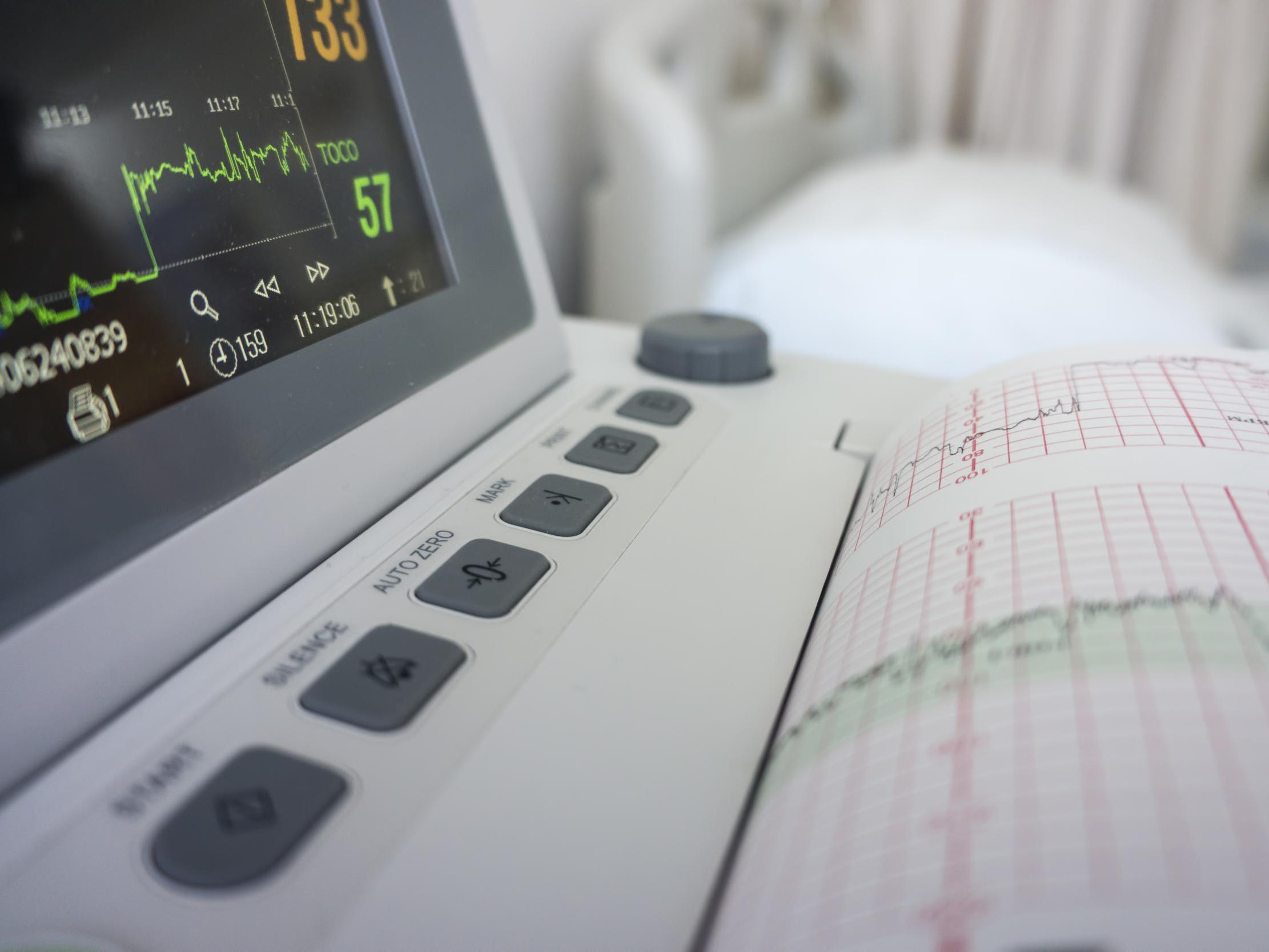Investigation launched into safety of maternity equipment used in NHS
Safety watchdog fears problems could be contributing to deaths and injuries

Your support helps us to tell the story
From reproductive rights to climate change to Big Tech, The Independent is on the ground when the story is developing. Whether it's investigating the financials of Elon Musk's pro-Trump PAC or producing our latest documentary, 'The A Word', which shines a light on the American women fighting for reproductive rights, we know how important it is to parse out the facts from the messaging.
At such a critical moment in US history, we need reporters on the ground. Your donation allows us to keep sending journalists to speak to both sides of the story.
The Independent is trusted by Americans across the entire political spectrum. And unlike many other quality news outlets, we choose not to lock Americans out of our reporting and analysis with paywalls. We believe quality journalism should be available to everyone, paid for by those who can afford it.
Your support makes all the difference.A national investigation has been launched into the equipment used by NHS staff to monitor babies heart rates during labour because of concerns they could be contributing to deaths and disabilities.
The independent Healthcare Safety Investigation Branch (HSIB), which investigates systemic safety risks in the NHS, has opened an inquiry after reviewing hundreds of maternity incidents.
It found equipment used to record cardiotocographic (CTG) traces were linked to 138 maternity investigations since 2018 with more than 238 separate findings referencing the use of CTG as a factor in the error.
CTG machines produce a continuous printed record of the baby’s heart rate during labour and is designed to indicate when a baby is struggling and may need help to be born. This can help recognise mothers who need an emergency caesarean section.
HSIB said it was concerned the way equipment was being used could be contributing to stillbirths, baby deaths or children being starved of oxygen and left permanently disabled.
It said: “Multiple methods and types of equipment are used to continuously monitor fetal wellbeing during labour and birth. This can cause complexity and safety issues. Common safety issues have been identified with equipment availability and functionality, inability to interpret the fetal heart rate, and staff understanding of equipment and its purpose.”
Safety issues with the use and interpretation of CTG traces has been repeatedly highlighted as a factor in maternity deaths and injuries.
There were almost 300 clinical negligence claims between 2011 and 2016 where the primary cause of injury was a failure to respond to an abnormal foetal heart rate and the cases can cost the NHS millions in compensation.
HSIB said its investigation would not consider the interpretation of CTG traces but instead focus on the equipment itself.
It said its investigation will look at why some equipment is chosen over others as well as identify variation between machines and the barriers to “reliable continuous heart rate monitoring”.
It will also consider training, equipment support, and engineering factors.
Louise Page, a consultant obstetrician and clinical advisor to HSIB told The Independent: "The equipment used to monitor a baby’s heart rate is integral to any maternity unit and HSIB noted many findings in the course of its maternity investigations which involved cardiotocograph equipment."
She added the investigation was important "to minimise risk nationally."
Judy Ledger, founder of charity Baby Lifeline, which trains NHS staff in safer maternity care told The Independent: “Problems relating to monitoring the baby’s heart in labour are regularly cited in reports and confidential enquiries investigating tragic outcomes in maternity, where the baby suffers a life-changing brain injury or dies.
“Baby Lifeline welcomes HSIB’s investigation into how this can be improved nationally. Our own research has shown that training in this area varies significantly between trusts. There are disparities in the quality, frequency, duration, and format of the training, with the most commonly identified barrier being a lack of funding.
“Getting this right is hugely important, and proper investment in effective, interactive, and evaluated training needs to be prioritised. Once again, this highlights the importance of our campaign with The Independent to properly support health professionals by reinstating the Maternity Safety Training Fund.”
Join our commenting forum
Join thought-provoking conversations, follow other Independent readers and see their replies
Comments